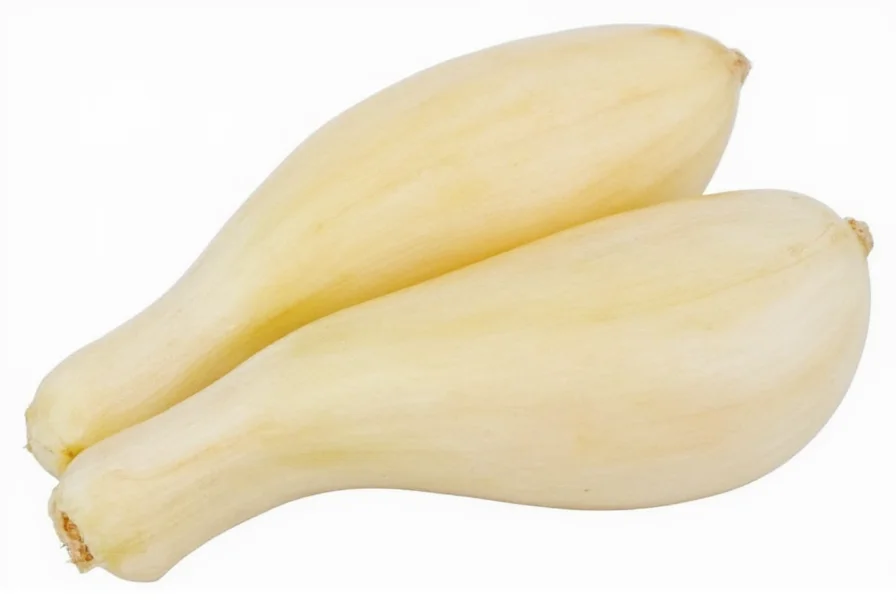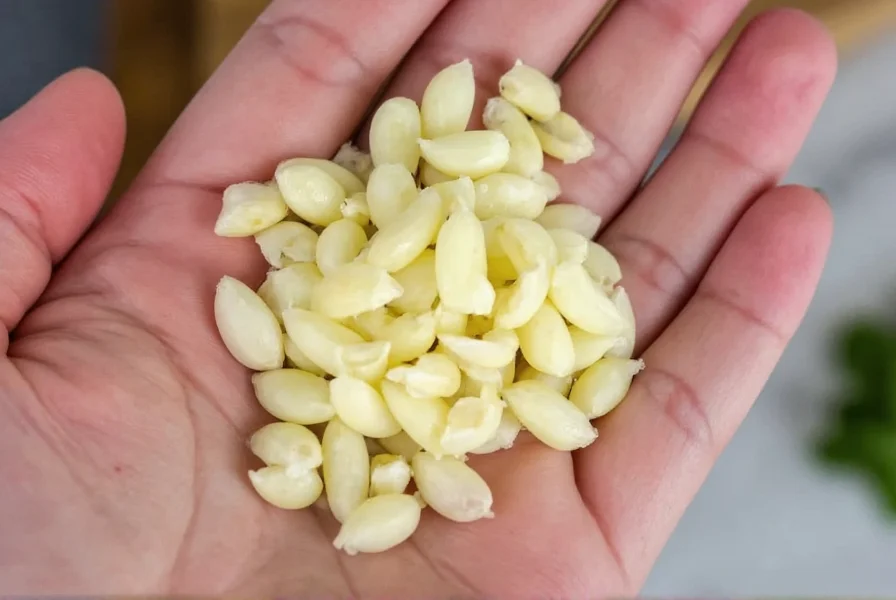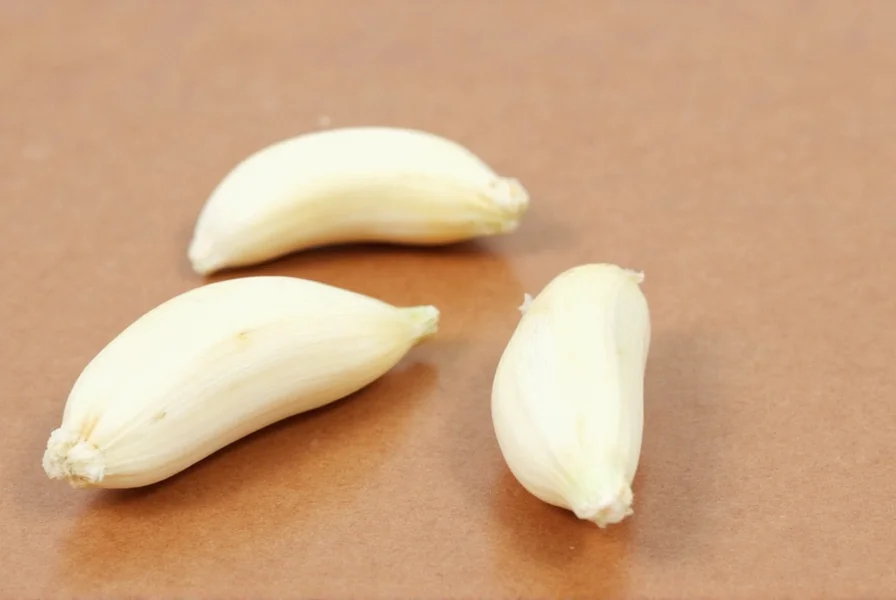Understanding garlic measurements is essential for consistent cooking results. When recipes call for specific quantities of minced garlic rather than whole cloves, knowing the proper conversion prevents flavor imbalances in your dishes.
Garlic Measurement Fundamentals
Garlic size significantly impacts conversion accuracy. Cloves vary from small to extra-large, affecting the final minced quantity. Professional chefs and recipe developers use medium cloves as the standard reference point when creating cooking instructions.
| Whole Garlic Cloves | Minced Garlic Equivalent | Garlic Paste Equivalent |
|---|---|---|
| 1 medium clove | 1 teaspoon | ½ teaspoon |
| 3 medium cloves | 1 tablespoon (3 teaspoons) | 1½ teaspoons |
| 6 medium cloves | 2 tablespoons (¼ cup) | 1 tablespoon |
| 12 medium cloves | ¼ cup | 2 tablespoons |
Factors Affecting Garlic Conversion Accuracy
Several variables influence how much minced garlic you'll get from whole cloves:
Clove Size Variations
Garlic bulb varieties produce different sized cloves. Rocambole types typically have larger cloves than Silverskin varieties. When precision matters, consider weighing your garlic - one medium clove weighs approximately 5-7 grams before peeling.
Mincing Technique Matters
Your mincing method affects final volume. Finely minced garlic packed tightly yields more per teaspoon than loosely chopped pieces. For consistent results, press minced garlic into measuring spoons rather than scooping.
Moisture Content Differences
Freshly harvested garlic contains more moisture than cured bulbs, affecting density. During peak garlic season (summer through early fall), you might get slightly more volume from the same number of cloves.
Practical Kitchen Applications
Understanding how much minced garlic equals 3 cloves becomes crucial in several cooking scenarios:
- Recipe scaling - When doubling or halving recipes that specify whole cloves
- Ingredient substitution - Replacing jarred minced garlic with fresh
- Flavor balancing - Adjusting garlic intensity in sensitive dishes like sauces and dressings
For most savory dishes, the 3:1 ratio (3 cloves to 1 tablespoon minced) works reliably. In delicate preparations like aioli or vinaigrettes, consider starting with 2½ cloves worth of minced garlic and adjusting to taste.

When Precision Really Matters
Certain culinary applications demand exact garlic measurements:
- Pickling and preserving - Acid balance requires precise garlic quantities
- Commercial recipe development - Consistency across production batches
- Dietary restrictions - For those monitoring FODMAP intake
- Food photography styling - Visual consistency in recipe presentations
In these cases, weighing your garlic provides the most accurate results. Three medium cloves typically weigh 15-20 grams (peeled), yielding 10-15 grams of minced product after processing.
Storage Considerations for Minced Garlic
Understanding garlic clove to tablespoon conversion helps with proper storage too. Freshly minced garlic:
- Loses potency rapidly - best used within 24 hours
- Can be stored in olive oil for up to 5 days (refrigerated)
- Freezes well for up to 3 months in ice cube trays
- Develops bitter notes when stored too long
When converting whole cloves to minced for storage, remember that 3 cloves (1 tablespoon) fills approximately one standard ice cube tray compartment when frozen.

Common Measurement Mistakes to Avoid
Cooks frequently encounter these garlic measurement issues:
- Ignoring clove size - Using the same conversion for elephant garlic (much larger) as regular garlic
- Overpacking spoons - Pressing minced garlic too tightly into measuring spoons
- Underestimating yield - Not accounting for moisture loss during mincing
- Confusing volume with weight - Especially problematic when scaling recipes
For the most accurate fresh garlic to minced measurement results, develop the habit of counting cloves while noting their relative size compared to standard medium cloves.
FAQ: Garlic Measurement Questions
How much jarred minced garlic equals 3 fresh cloves?
One tablespoon of quality jarred minced garlic typically equals 3 medium fresh cloves. Check the product label as some brands add citric acid or oil that affects potency. When substituting, start with 2½ teaspoons and adjust to taste.
Does roasting garlic change the measurement conversion?
Roasting reduces garlic's volume by about 25% due to moisture loss. Three roasted medium cloves yield approximately 2¼ teaspoons of minced roasted garlic. The flavor becomes sweeter and less pungent, so you might want to increase the quantity slightly for equivalent garlic impact.
Can I use garlic powder instead of fresh minced garlic?
Yes, but the conversion differs significantly. ⅛ teaspoon of garlic powder equals one fresh clove. For 3 cloves, use ⅜ teaspoon garlic powder. Remember that powder lacks fresh garlic's moisture and enzymatic qualities, so it works best in cooked dishes rather than raw applications like dressings.
Why does my minced garlic measurement vary between recipes?
Recipe developers use different standards for garlic measurements. Some count only plump cloves, others include smaller inner cloves. Professional kitchens often weigh garlic for consistency. When precision matters, follow the 5-7 grams per medium clove guideline rather than relying solely on volume measurements.
How do I accurately measure very small garlic quantities?
For recipes requiring fractions of a clove, mince the entire clove then use a toothpick to portion out the needed amount. One medium clove yields about 1 teaspoon minced, so ¼ clove equals ¼ teaspoon. When working with small quantities, the difference between ⅛ and ¼ teaspoon significantly impacts flavor.











 浙公网安备
33010002000092号
浙公网安备
33010002000092号 浙B2-20120091-4
浙B2-20120091-4